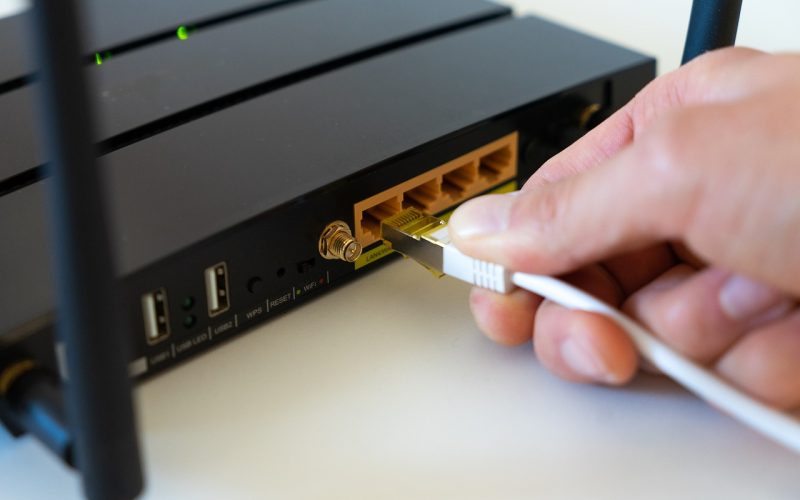
What is Network Virtualization?
Network virtualization is a method of separating networking resources from their physical hardware and re-creating them in software. The concept is simple: a system that mimics the functions of physical hardware such as switches, routers and load balancers. This virtual pool of hardware can be used for various purposes such as web hosting, file sharing and cloud storage. It is a scalable, stable and programmatically administered networking solution. When implemented correctly, network virtualization reduces costs and increases agility. By decoupling physical networks from network services, you can improve load balancing and security. You can also set location- and role-based permissions…




